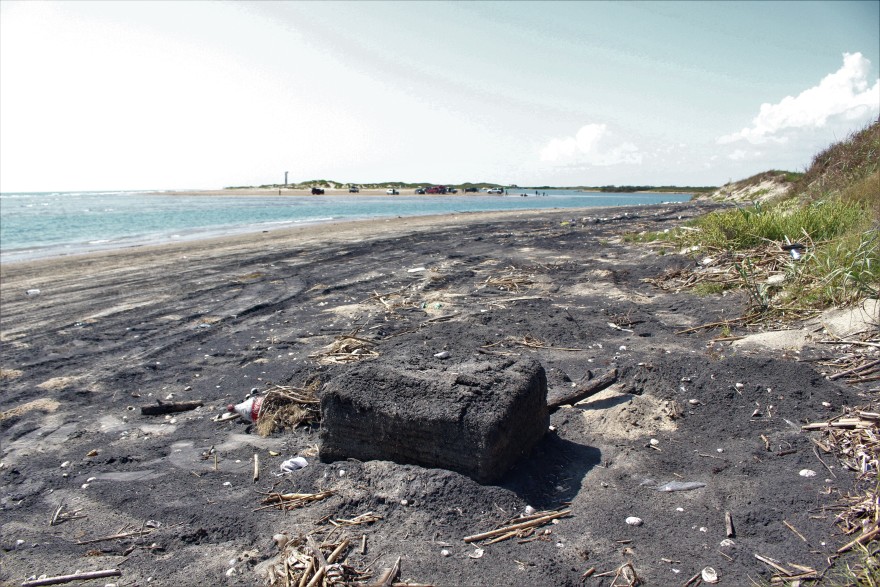The Brazilian research team believes the shipwrecks have begun rusting and, perhaps, have been disturbed by people trying to salvage cobalt. Whatever the cause, once the rubber bales floated some 6,000 meters up to the ocean surface, some of them were carried north.
Chris Reddy, a senior scientist at the Woods Hole Oceanographic Institution, expressed doubts about the salvage theory, describing it as “a possibility” but also “a non-trivial effort.”
In response to a followup email Teixeira wrote, “I also doubted the salvage possibility at first, but we are talking about $30 million plus in cobalt.” He said David Mearns, who first found the site and directs Blue Water Recoveries, convinced him of the possibility.
Otherwise, Reddy described the team’s research paper as “spot-on,” saying it makes “absolute oceanographic sense.”
“It’s entirely possible that they stayed in the ocean current and went all the way up,” he said. “They hug on the Venezuelan coastline, and then they shoot into the Caribbean current and right all the way up past Central America, and then get caught up into the Gulf of Mexico currents.”
That’s the how. But why now?
“If you’re seeing (80-year-old shipwreck cargo) out of nowhere, you start to ask him the question: Why?” Reddy said. “And one of (the answers) would be the ship’s starting to fall apart.”
This is a widespread concern for ocean scientists. Thousands of ships were sunk during the second world war.
“This is a question about the integrity of ships that are on the bottom of the ocean floor, that for the most part have oil. “All these warships, they all carried about 500,000 to a million gallons of oil. So, there’s a lot of ships that people are worried about.”
The rubber bales aren’t great for the environment, either. Carlos Teixeira said there are concerns that shorebirds might eat them as they break apart.
And, he said, there are more on the way.
“There is a new release of rubber bales this year,” he said.
The team has computer models for how long it takes them to travel from Brazil to the U.S.
“It takes more or less eight to nine months,” he said. “So probably next year, you have new rubber bales arriving in the USA.”
World War II ended 76 years ago, but the cleanup could stretch well into the future.
















